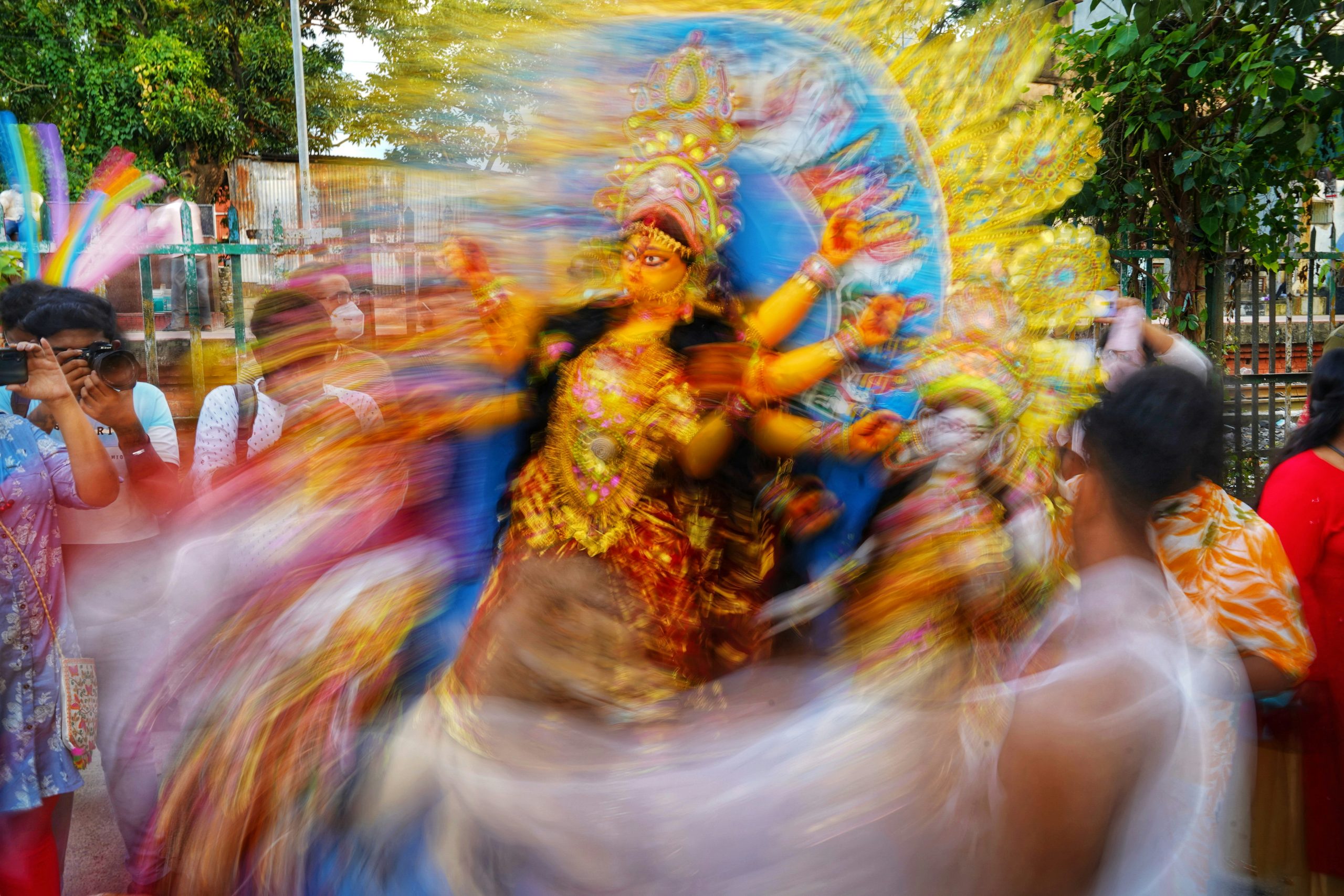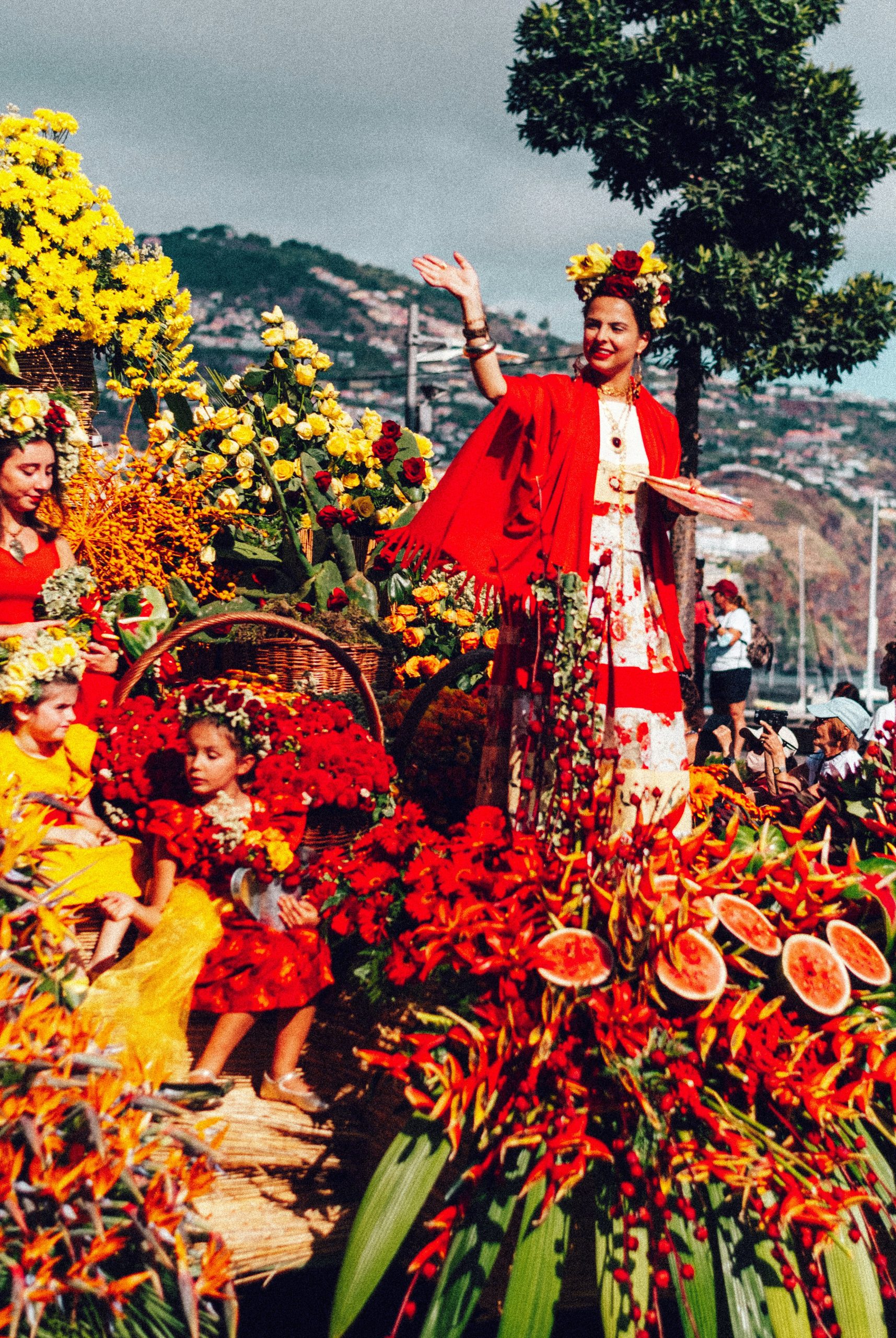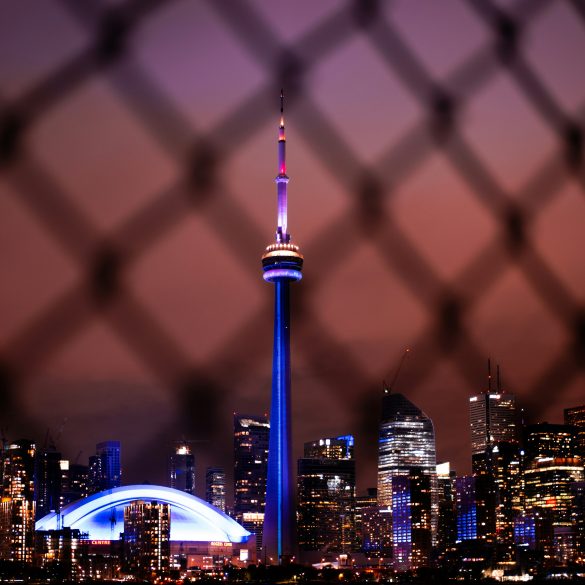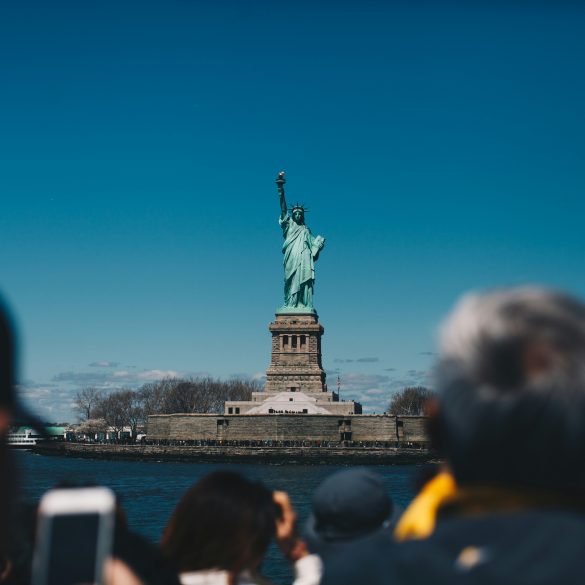Top 10 Most Beautiful Traditional Festivals in Latin America
Having spent years chasing colorful celebrations across Latin America, I can honestly say there’s nothing quite like experiencing these festivals firsthand. The way music pulses through ancient streets, how elaborate costumes transform ordinary people into living works of art, and the infectious joy that spreads through entire communities—it’s absolutely magical.
What strikes me most about Latin American festivals is how they seamlessly blend indigenous traditions with colonial influences, creating celebrations that are both deeply rooted in history and vibrantly alive today. Each festival tells a story, often spanning centuries, and participating in them feels like stepping into a living museum where you’re not just observing culture—you’re becoming part of it.
Festival Fact
Brazil’s Carnival alone attracts over 2 million visitors annually, making it one of the world’s largest cultural celebrations. The economic impact reaches nearly $1 billion, demonstrating how traditional festivals have become vital cultural and economic engines across Latin America.
1. Día de los Muertos – Mexico
Honestly, nothing prepared me for the emotional depth of Día de los Muertos when I first experienced it in Oaxaca. This isn’t the Hollywood version of “scary skeletons”—it’s a profound celebration of life, death, and the continuing bonds between families across generations.
The festival, celebrated November 1st and 2nd, transforms Mexican cities into breathtaking displays of marigold petals, sugar skulls, and elaborately decorated altars1. What really gets me is how families gather in cemeteries, not to mourn, but to celebrate—sharing meals, telling stories, and maintaining connections with deceased loved ones.
The visual spectacle is absolutely incredible. Streets fill with families carrying elaborate ofrendas (offerings) while mariachi bands play traditional songs. The air becomes thick with copal incense, and everywhere you look, there are intricate papel picado banners fluttering in the autumn breeze.
2. Carnaval de Rio – Brazil
Rio’s Carnival is pure sensory overload in the best possible way. I’ve been fortunate enough to attend twice, and each time I’m struck by how this celebration completely transforms the city into a massive, pulsating work of art2.
The scale is mind-boggling—over 200 samba schools participate, with some floats requiring an entire year to construct. What really moves me is watching ordinary people transform into sequined goddesses and feathered warriors, dancing with such passion that you can feel their joy radiating through the crowd.
Planning Your Carnival Experience
- Book accommodations 6-8 months in advance
- Sambadrome tickets range from $30-300 depending on section
- Street parties (blocos) are free and equally spectacular
- Peak season: February/March (depends on lunar calendar)
| Samba School | Founded | Championships | Signature Color |
|---|---|---|---|
| Mangueira | 1928 | 20 | Green & Pink |
| Portela | 1923 | 22 | Blue & White |
| Beija-Flor | 1948 | 14 | Blue & White |
3. Inti Raymi – Peru
Inti Raymi, the Festival of the Sun, completely blew my mind when I experienced it in Cusco. This isn’t just a celebration—it’s a powerful reconnection with Incan heritage that has survived over 500 years of cultural suppression3.
Every June 24th, the ancient fortress of Sacsayhuamán transforms into a massive outdoor theater where hundreds of performers recreate the original Incan ceremony. The attention to historical detail is extraordinary—participants wear hand-woven textiles using traditional techniques, and the entire ceremony is conducted in Quechua, the ancient Incan language.
What really struck me was the spiritual intensity. This isn’t performance for tourists—it’s a genuine cultural reclamation. When the actor portraying the Inca emperor raises his arms to the sun, requesting blessings for the coming year, you can feel the connection to something much larger than entertainment.
4. Semana Santa – Guatemala
Antigua Guatemala’s Semana Santa processions are absolutely breathtaking—I’m talking about religious art that literally covers entire city blocks. The elaborate sawdust carpets (alfombras) that line the procession routes are works of art that take families hours to create, only to be walked over and destroyed within minutes4.
There’s something profoundly moving about this temporary beauty. Families work through the night, creating intricate patterns using colored sawdust, flower petals, and even vegetables. The designs often incorporate religious symbols, indigenous motifs, and family traditions passed down through generations.
The processions themselves are incredibly solemn yet beautiful. Men dressed in purple robes carry massive floats (andas) through cobblestone streets, while women follow in traditional black mantillas. The scent of incense mingles with tropical flowers, creating an atmosphere that’s both sacred and sensual.
5. Carnaval de Barranquilla – Colombia
Barranquilla’s Carnival is pure Caribbean joy distilled into four days of non-stop celebration. Unlike Rio’s organized spectacle, this festival feels more organic, more connected to everyday Colombian life5.

The festival’s African, indigenous, and Spanish influences create a unique cultural fusion that’s distinctly Colombian. Traditional dances like cumbia and mapalé tell stories of cultural resistance and celebration, while elaborate costumes reflect the region’s complex history.
What I love most about Barranquilla is how accessible it feels. Sure, there are organized parades and events, but the real magic happens in neighborhood celebrations where local families invite strangers to join their parties. I’ve never experienced such genuine hospitality at a major festival.
6. Guelaguetza – Mexico
Guelaguetza in Oaxaca is Mexico’s most authentic indigenous celebration, and honestly, it changed my entire perspective on cultural preservation. This isn’t folklore performed for tourists—it’s living indigenous culture being actively maintained by communities throughout the state6.
Each July, representatives from Oaxaca’s eight regions gather to share their traditional dances, music, and crafts. The diversity is staggering—from the elegant Flor de Piña dance of the Central Valleys to the fierce Jarabe Mixteco of the mountains. Every performance represents centuries of cultural continuity.
Understanding Guelaguetza
- Word means “reciprocal gift” in Zapotec
- Features 8 distinct regional cultures
- Performers wear traditional textiles worth thousands
- Includes 16 different indigenous languages
7. Festival de Viña del Mar – Chile
Viña del Mar’s International Song Festival is South America’s answer to Eurovision, but with a uniquely Chilean twist. The festival transforms this coastal city into a massive outdoor concert venue where established artists and emerging talents share stages overlooking the Pacific Ocean7.
What makes this festival special is its democratic nature. The audience—particularly the famously critical “monster” crowd—determines success or failure. I’ve watched international superstars get booed off stage while unknown local artists receive standing ovations. It’s brutal, honest, and absolutely thrilling.
8. Carnaval de Oruro – Bolivia
Oruro’s Carnival is a masterpiece of cultural syncretism that perfectly embodies Bolivia’s complex identity. This high-altitude celebration combines Catholic religious imagery with indigenous Andean beliefs, creating something entirely unique8.
The central procession features thousands of dancers performing traditional folk dances like the Diablada, where elaborately costumed devils dance through the streets in a symbolic battle between good and evil. The costumes are incredible—some masks cost more than most people’s annual salaries and are passed down through generations.
9. Feria de las Flores – Colombia
Medellín’s Flower Fair is pure visual poetry. Every August, the city transforms into a massive garden where flower growers from surrounding mountains display their most beautiful creations. The silleteros (flower carriers) parade through the streets carrying elaborate floral arrangements on their backs—some weighing over 100 pounds9.
This festival represents something deeper than beautiful flowers. It’s Medellín’s way of celebrating its transformation from a city associated with violence to one known for innovation and beauty. The pride in local culture is palpable, and participating feels like witnessing a city’s rebirth.
10. Carnaval de Montevideo – Uruguay
Montevideo’s Carnival is the world’s longest party—literally. For 40 days, the city becomes a massive stage for candombe, murga, and other traditional performances. Unlike other carnivals focused on spectacle, this celebration emphasizes community participation and social commentary10.
The murga performances particularly fascinate me—these are theatrical groups that use humor, music, and satire to comment on politics and social issues. It’s democracy in action, where ordinary citizens can publicly critique their government through art. The creativity and bravery involved is truly inspiring.
What sets Montevideo apart is its intimate scale. Instead of massive crowds, you experience smaller neighborhood celebrations where locals invite you to join their comparsa (carnival group). It feels more like being adopted by a family than attending a festival.
| Festival | Best Time | Duration | Budget Level |
|---|---|---|---|
| Día de los Muertos | Nov 1-2 | 3 days | Moderate |
| Rio Carnival | Feb/Mar | 5 days | High |
| Inti Raymi | June 24 | 1 day | Low |
| Semana Santa | March/April | 7 days | Moderate |
| Montevideo Carnival | Jan-Mar | 40 days | Low |
Essential Festival Travel Tips
- Book accommodations 6-12 months in advance for major festivals
- Learn basic Spanish phrases—locals appreciate the effort
- Bring comfortable walking shoes and layers for weather changes
- Respect local customs and ask permission before photographing participants
- Consider hiring local guides for deeper cultural context
Looking back on my experiences with these festivals, I’m struck by how they’ve fundamentally changed my understanding of celebration itself. These aren’t just parties—they’re living expressions of identity, resistance, and community that have survived centuries of change.
What makes Latin American festivals so special is their ability to make strangers feel like family. Whether you’re dancing cumbia in Barranquilla, creating alfombras in Antigua, or carrying flowers in Medellín, you become part of something larger than yourself. That’s the real magic—not just witnessing culture, but becoming temporarily absorbed into it.
If you’re planning to attend any of these festivals, my advice is simple: go with an open heart and empty expectations. Let the music move you, the colors dazzle you, and the people embrace you. These celebrations will give you memories that last a lifetime and a deeper appreciation for the rich cultural tapestry that makes Latin America so extraordinary.
References



